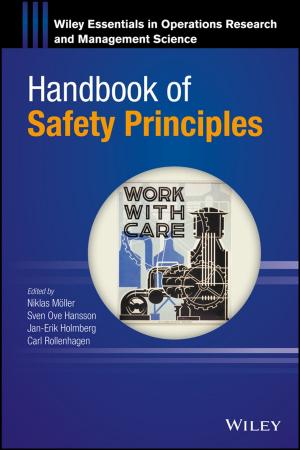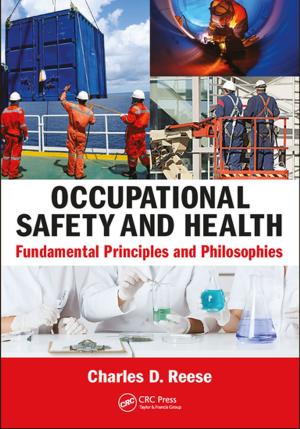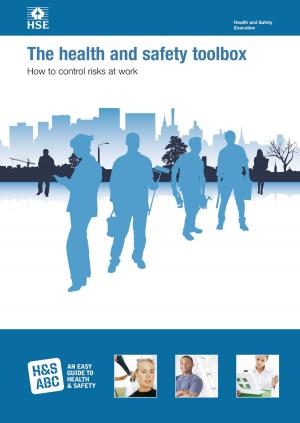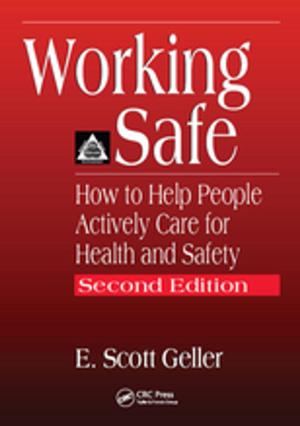Lean Safety: Transforming Your Safety Culture With Lean Safety Management
Nonfiction, Science & Nature, Technology, Industrial Health & Safety, Health & Well Being, Health, Safety| Author: | Robert Pemberton | ISBN: | 9781386121336 |
| Publisher: | Robert Pemberton | Publication: | April 6, 2018 |
| Imprint: | Language: | English |
| Author: | Robert Pemberton |
| ISBN: | 9781386121336 |
| Publisher: | Robert Pemberton |
| Publication: | April 6, 2018 |
| Imprint: | |
| Language: | English |
One of the key takeaways from this book is about how you and everyone in your organization should be thinking about safety. The way we want you to think about safety is to imagine your own teenage daughter or teenage son is about to start work at a new construction site. You would most likely be very concerned about what safeguards you would want to have in place to ensure their safety; Safeguards such as adequate training, safety barriers, personal protective equipment (PPE) and so on. This is the way we should think about safety whenever we send a worker out to work on a job. We want them to return home safely to their loved ones at the end of each shift.
But that doesn’t mean we should wrap them in cotton wool, otherwise when conditions change, they won’t have the knowledge to be able to deal with a different set of hazards. This is why it’s important to teach them to use their brains to identify the hazards and exposures in the workplace, and to check that the right controls are in place and are effective. If the controls are not in place then they should have the confidence to know they have the power to stop the job and raise the matter with their supervisor. There is no job that can’t be done safely. It just needs the right attitude and the right mindset by everyone on the job. People need to be able to make decisions about matter which affect their safety. Not just their own safety, but the safety of their colleagues as well. One of the key values is to look out for your mates. This value, this attitude or set of behaviours comes from having the right culture in place and the means to support it and make it sustainable.
I hope you will find this book useful in helping you to establish or improve your safety management system, and most importantly to keep people safe from harm or injury and ensure they go home to their loved ones at the end of each shift.
One of the key takeaways from this book is about how you and everyone in your organization should be thinking about safety. The way we want you to think about safety is to imagine your own teenage daughter or teenage son is about to start work at a new construction site. You would most likely be very concerned about what safeguards you would want to have in place to ensure their safety; Safeguards such as adequate training, safety barriers, personal protective equipment (PPE) and so on. This is the way we should think about safety whenever we send a worker out to work on a job. We want them to return home safely to their loved ones at the end of each shift.
But that doesn’t mean we should wrap them in cotton wool, otherwise when conditions change, they won’t have the knowledge to be able to deal with a different set of hazards. This is why it’s important to teach them to use their brains to identify the hazards and exposures in the workplace, and to check that the right controls are in place and are effective. If the controls are not in place then they should have the confidence to know they have the power to stop the job and raise the matter with their supervisor. There is no job that can’t be done safely. It just needs the right attitude and the right mindset by everyone on the job. People need to be able to make decisions about matter which affect their safety. Not just their own safety, but the safety of their colleagues as well. One of the key values is to look out for your mates. This value, this attitude or set of behaviours comes from having the right culture in place and the means to support it and make it sustainable.
I hope you will find this book useful in helping you to establish or improve your safety management system, and most importantly to keep people safe from harm or injury and ensure they go home to their loved ones at the end of each shift.















